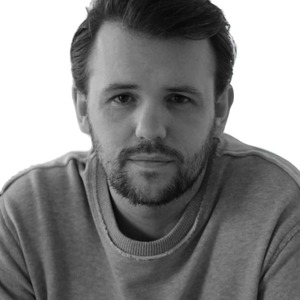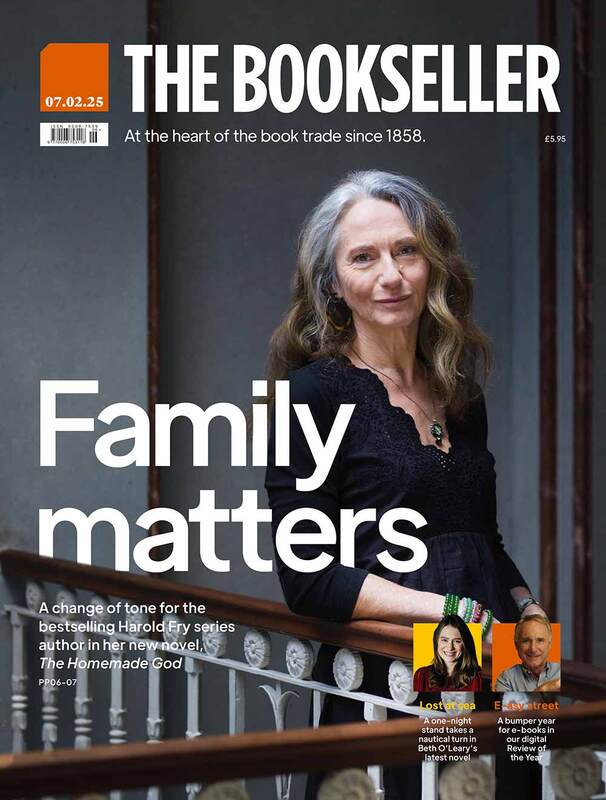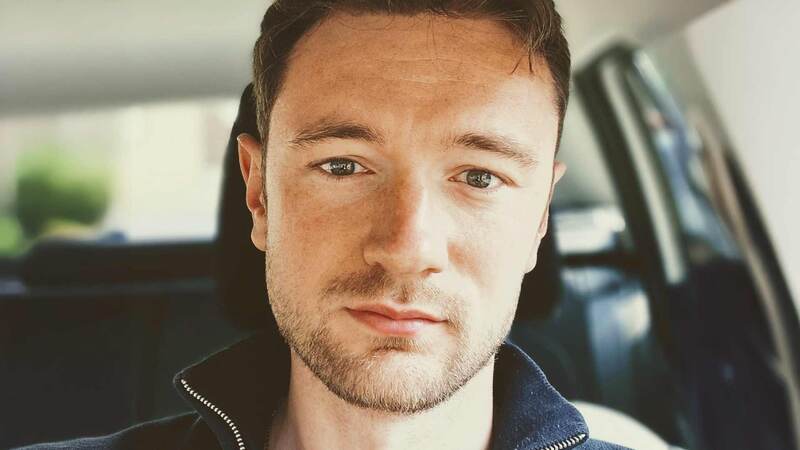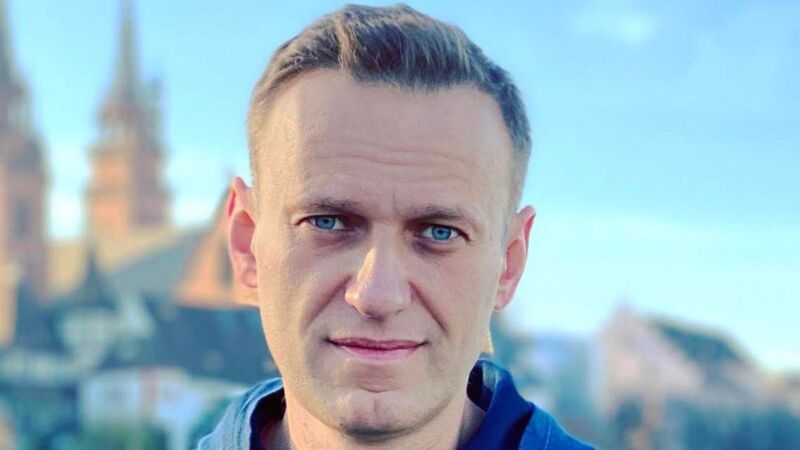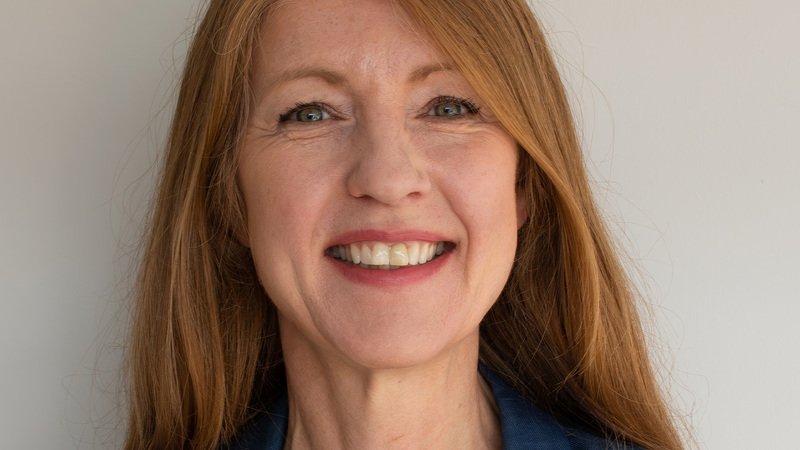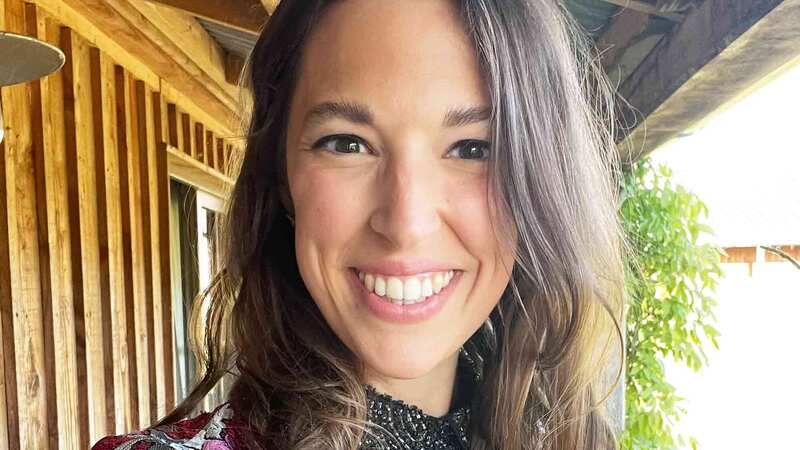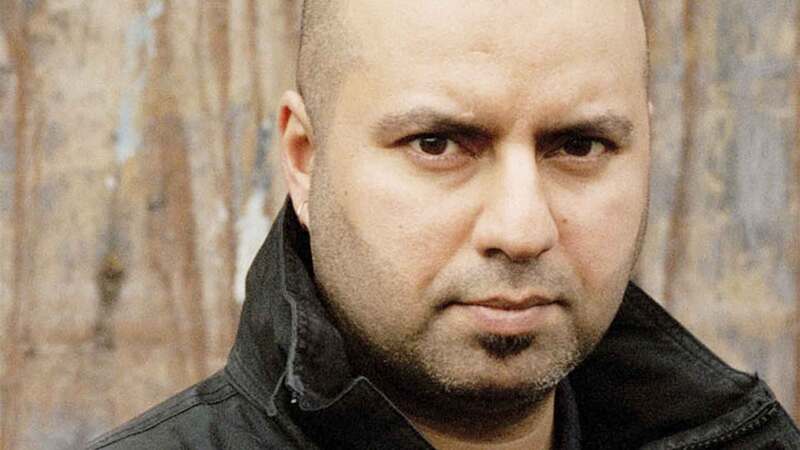You are viewing your 1 free article this month. Login to read more articles.
The realities of being an Instagram poet
I have been writing poetry most of my life. Encouraged by my English teacher as a child, I used writing as a way of dealing with emotions, anxiety and, as I grew older, with heartbreak.
In February 2019, I decided to set up an Instagram page on the advice of a friend, who thought the platform would be a good place to share my poetry. It’s fair to say I was dubious at first, particularly given the fact that Instagram is such a visual medium; not a platform one would assume would be a good fit for the written word.
But I took his advice and began to publish one or two short poems every day, in the hope that a handful of people may enjoy it. Eighteen months later, I have over 98,000 followers and I’m on the third print run of my self-published debut collection, Tell the Birds She’s Gone. My second book, Beekeeper, is released on September 8th, 2020, and pre-orders are already going well.
Building a following
I get asked a lot how the account grew so quickly, and why I think my poetry strikes a chord with my audience. The truth is, I don’t know the answer – there’s no formula to follow or promotional tactics I employ – but if pressed, I would say the writing comes down to emotional resonance and a willingness to be vulnerable. As for the growth, I think it is half understanding the platform and the way social media works, and half luck.
My writing focuses on heartbreak and loss, mental health and genuine vulnerability, drawn from real life experiences. I try to avoid clichés or motivational pieces, instead hoping my audience can find empowerment in knowing other people struggle with anxiety, with loss.
One of the most common pieces of feedback I get is that my readers find comfort in my work, even when that work seems bleak or intensely sad. I’m extremely humbled to know the words are helping those struggling with these emotions, and it’s caused me to be as open and honest as possible in my poems.
There’s no doubt I’ve been lucky with the growth of the account. I’ve had my work shared by some large community pages and influencers with substantial followings, and that has helped bring new people to my account over the last year and a half. But I also think an understanding of the platform has helped to facilitate this. Instagram is a visual medium primarily focused on photography and easily shareable content that doesn’t demand considerable attention from the user.
So, when I’m writing poems, I focus on concision; trying to say as much as I can in as few words as possible. Even if I write a longer piece, I will pull out a couple of lines to use in the post, and put the rest of the poem in the caption. The work is easy to engage with, making it ideal for the platform.
I also don’t use any apps to present my poems. They’re all hand-written on a variety of mediums and physically photographed, and I think this helps them stand out from the thousands of other poems in Instagram’s feed.
Finally, I think my audience feel like they know me, and that I’m approachable and part of their community. I’m extremely open with my captions, even if it means sharing things that are personally difficult. I reply to every single comment I get, and I still try and respond to every DM (although, admittedly, this is becoming increasingly difficult). I also try to leave feedback for other writers, and to try and use the platform I have to share their work. I’m constantly liking poems, commenting on pieces and sharing other poets in my Instagram Stories. I honestly believe this interaction and openness has helped me to grow an active, engaged audience that I’m extremely grateful for.
Finding a new audience
What I have learnt in the past 18 months is that Instagram is not only a fantastic platform for writers to build an audience, it’s home to an ever-growing community of poets, writers, artists and photographers, and it’s leading a global resurgence in poetry. Not only that, but the demographics of the platform have helped poets to reach a new, younger audience of buyers, many of whom may not have been interested in traditional poetry.
In 2018, Nielsen reported that over a million poetry books were sold worldwide, pulling in over £12.3m. More than 40% of those sales we made to people under the age of 22. Many of the modern poets leading this surge in sales built their following on Instagram.
Rupi Kaur (4m followers) has seen her self-published debut collection Milk and Honey sell over 1.5m copies since 2015. It remained on the New York Times bestseller list for more than a year and has been translated into over 30 languages.
Whilst being one of the most successful, however, Rupi is by no means the only Instagram-based poet turning their art into their livelihood. Thousands of writers now enjoy an often-lucrative writing career thanks to social media, and many without the need for publisher. Instagram, in combination with a range of other digital platforms, not only allows artists to build an audience and market to them directly, but it has removed the necessity to go through traditional gatekeepers.
Why self-publish
By June 2019, I had written enough to put together a full collection of poems. At this point I had around 20,000 followers, and I was faced with a decision: to look for a literary agent and traditional publisher, or to self-publish the book.
Having worked with publishers in the past on different projects, I knew that book publishing was a slow-moving industry. Submitting to an agent or publisher often comes with a non-committal approach to responses, meaning they may or may not get back to you. Even if they do, the pure volume of submissions they receive mean even an exploratory reply can take several months. From submission to acceptance to actually having a physical book for sale can take well over a year or more, and on reflection, I wanted to get something into people’s hands much quicker.
Another element I considered was my own commercial viability at this point in my writing career. Although I had a good following, risk-averse publishers are unlikely to take on a new writer without existing sales and a relatively small audience. This is particularly true in the poetry niche, where huge sellers are probably few and far between.
So, I opted to self-publish my debut collection. I knew it would be a lot of work, but my own experience of social media and digital marketing had shown me that it was absolutely possible to do, particularly with the wealth of online platforms available. To get my book out there, I took advantage of a range of physical and digital services.
Instagram allowed me to build and communicate with an audience. Squarespace allowed me to easily build a high-quality website with e-commerce functionality. Book Printing UK dealt with printing and binding the book. PayPal and Stripe allowed me to process payments online. Amazon’s KDP meant I could easily publish an e-book. The Royal Mail shipped my physical copies all over the world.
Even then, I was still only taking advantage of a fraction of the services and platforms at my disposal. There are direct-access distributors who can get the books into physical stores, I could set up Facebook, YouTube and TikTok accounts to further grow my audience with different content types, numerous print on demand platforms would allow me to create revenue-generating merchandise such as mugs, phone covers and t-shirts.
There are even companies who can deal with shipping and fulfilment on my behalf, or I could make use of Amazon’s Print-on-Demand service to take both the initial overheads of printing and the logistics of shipping off my hands. Even with the e-books there is scope to expand, with Apple’s iBooks, Barnes & Noble’s Nook, Google Play and Rakuten’s Kobo all strong and viable platforms.
Of course, many writers who build their audience through social media still choose to go with traditional publishers, particularly as their popularity increases. For publishers, social media provides a perfect testbed for demonstrating commercial viability, with natural growth and self-publishing success excellent indicators for an industry trying to minimise risk. With the impact of Covid-19, this demonstrable viability is likely to be even more of a prerequisite for publishing deals than it may have been previously.
It's also easy to understand why authors opt to go with traditional book publishers. Self-publishing and doing your own PR and marketing are a lot of work, and for many people the prestige of releasing a title through a major publishing house still appeals, even for those making a solid income doing it themselves.
Time demands and financial implications
While self-publishing is certainly possible for any poet or writer, it does require an existing audience to sell to. On top of that, any aspiring author needs some level of budget to work with, a basic understanding of digital marketing and publishing and a willingness to put in a substantial amount of time and effort.
I have chosen to self-publish my second book, despite some interest from traditional – albeit small – publishers. This is mainly down to agility; those who did express an interest wanted to publish in late 2021 or in 2022. The idea of not releasing anything to an ever-growing audience for more than a year just felt wasteful. I’m fairly prolific when it comes to writing, and extremely pro-active in trying to build a long-term career. As a result, I’m aiming to work with a publisher for my third release, which I’m currently in the process of writing.
I understood that my decision would come with time and cost implications; something every potential self-published author needs to consider carefully. Luckily, I’m able to re-invest the profits from sales of my first book, which will pay for ISBN and barcode generation; packing costs, including envelopes, tape, address and customs labels; book printing; marketing and promotional costs; influencer marketing; and domain and website renewal and hosting fees.
While the books are profitable, making money wasn’t the primary motivation for releasing the first book, nor will it be for the second. My goal is to build a future career; to demonstrate viability to traditional publishers and entertainment media and to build a solid foundation for future success. It isn’t currently possible for me to make writing my main source of income, but that’s the long-term goal.
So, I still work full-time as a company director, spending my days working on design projects for corporate brands in the UK and the US. Writing is my hobby (or my side-hustle, as enterprising millennials would probably call it). The majority of my spare time is spent on poetry, whether it’s writing, engaging on social media, dealing with marketing and PR or packing and posting orders from my website.
I understand the sacrifice I’m making, both financially and in terms of time and effort, to build and maintain an audience and publish my own books. But I see this as an investment; a road map to the career I’ve always wanted.
The ability of poets – and other writers, musicians and artists – to build an audience through social media makes a career in their chosen field a genuine possibility, whether that’s going it alone or via traditional routes. For those looking to work with publishers, record labels, agents and distributors, building an audience first puts them in a much stronger negotiating position, particularly when it comes to advances and royalties.
But the truth is you don’t need a literary agent, label or publisher to make a living (or at least a second income) from your work. While I would absolutely look to work with a publisher in future (if for no other reason than it would allow me to focus solely on writing and on communicating with my followers), I would better understand my own value in the equation - and that’s largely down to deciding to go it alone and build something with the potential to last.
Blake Auden is a poet and writer based in Brighton, UK. His books are available via BlakeAuden.com, and you can follow him on Instagram @blakeaudenpoetry.
